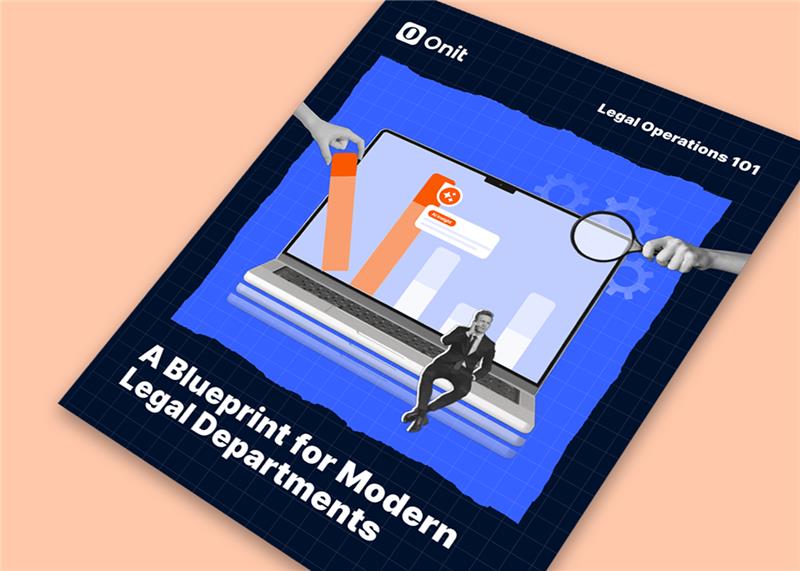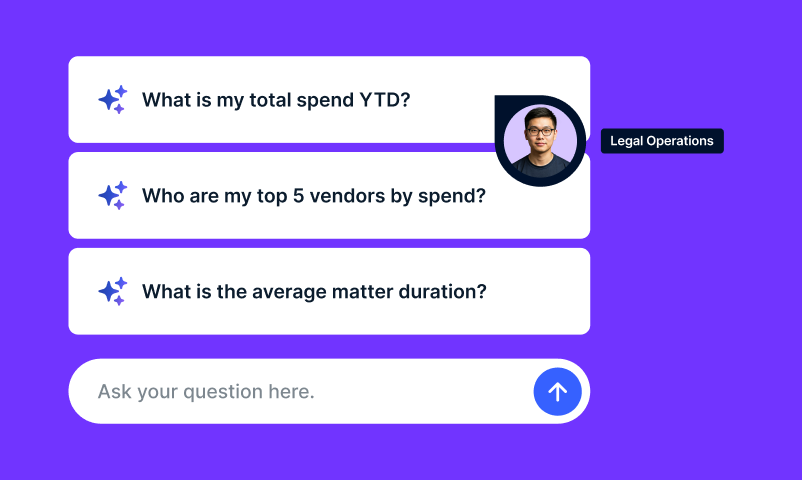
As technology continues to evolve, many in-house counsel and legal professionals wonder what their future with artificial intelligence (AI) looks like. Will legal AI technology replace lawyers? Will it make work easier or more complicated?
Fortunately, we already have indicators of legal AI success. It’s providing commendable results in contract lifecycle management, accelerating contract approvals by up to 70%. Now, AI is also enhancing enterprise legal management software.
InvoiceAI, the new, AI-enabled invoice review solution for enterprise legal management, is coming to Onit and SimpleLegal next month. It lets corporate legal departments leverage the power of AI to boost efficiency in invoice review drastically. When InvoiceAI does a first-pass invoice review, in-house counsel reset their activities to review only the invoices that genuinely need their attention. This frees them up to focus time on more critical, higher-value work that helps the company succeed.
The Future with Legal AI Technology for Legal Operations
More and more companies are incorporating the benefits of AI in their workflows every day. In their annual global survey on artificial intelligence, The State of AI in 2020, McKinsey & Company found that half of their respondents had adopted AI in at least one function in their organizations. The survey also found that companies were increasingly using AI as a tool for generating value, particularly in the form of revenues.
Recent research from Gartner agrees. According to Gartner, by 2023, having AI will be a substantial competitive advantage for companies, bringing a 30% increase in efficiency to document completion and contract negotiation processes via AI-enabled contract lifecycle management tools. They also predict that, by 2023, 90% of multinational global enterprises will be investing in those solutions, as will 50% of regional midsize businesses.
What do these AI advantages look like when quantified?
Onit conducted a study of its ReviewAI software to quantify the time and cost savings for its pre-signature contract review AI software. The study found that lawyers were 51.5% more productive when using ReviewAI than when working manually. The percentage of productivity increased the more proficient they became with the tool.
To illustrate this benefit, consider that a typical midsize company in the United States employs 28 lawyers and reviews 4,850 contracts annually. With ReviewAI, each of these lawyers can unlock capacity – 51.5% more – and that same team of 28 lawyers can now process 2,498 more contracts annually.
That’s the same as adding nine lawyers to the team.
A Better Way to Review Invoices
The competitive advantage that AI has brought to functions like contract lifecycle management is now coming to invoice review. With InvoiceAI, general counsel and in-house counsel will finally be able to stop wasting precious time on tedious invoicing tasks. While legal AI technology handles your first-pass review, you can focus on more important things.
Onit’s founding principle is to help lawyers more effectively practice law, and InvoiceAI is a critical new tool to make that goal a reality.
AI-enabled legal invoice review from Onit and SimpleLegal will be available in May 2021. To learn more about InvoiceAI and how AI can improve your legal invoice review, contact Onit today or email [email protected].












